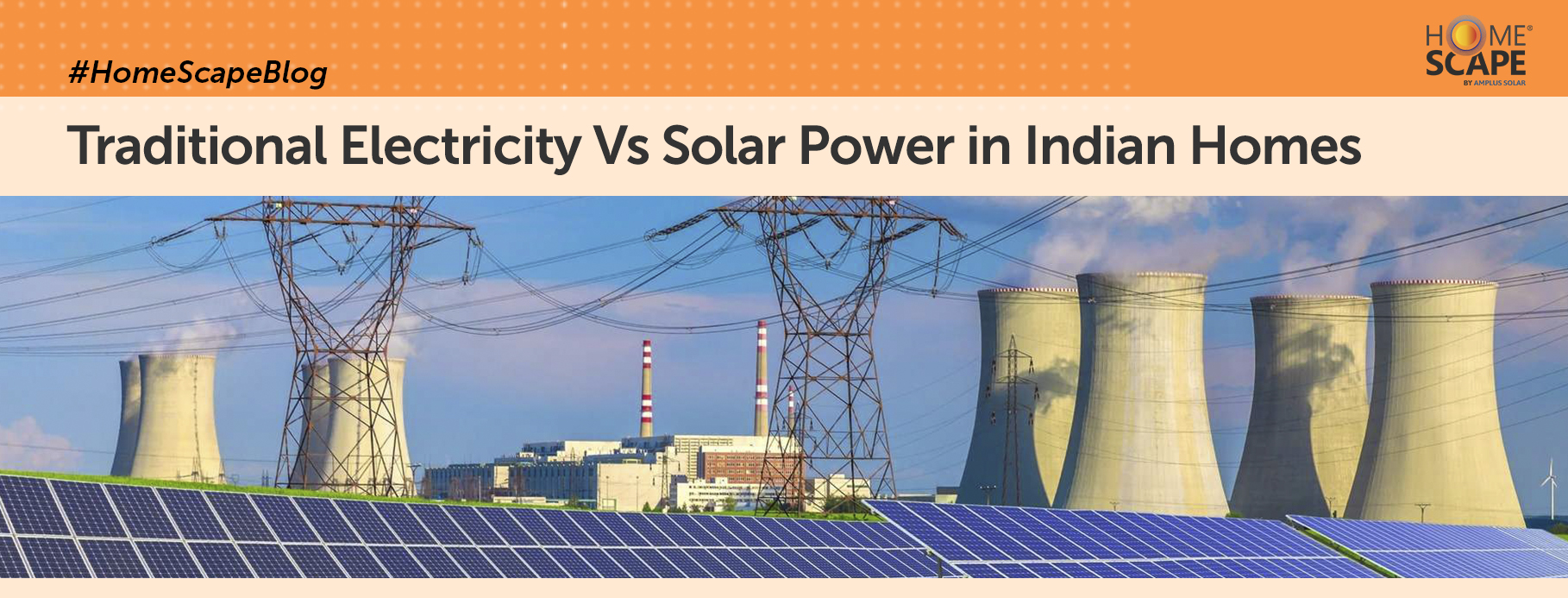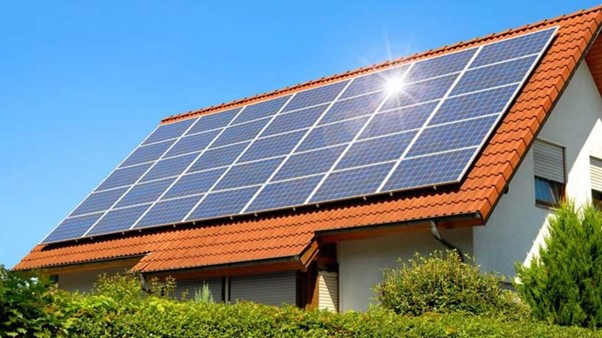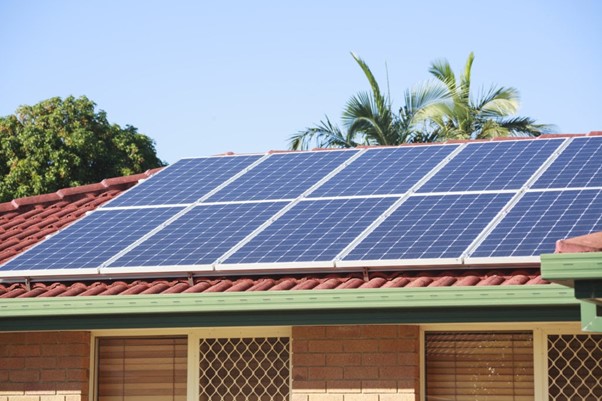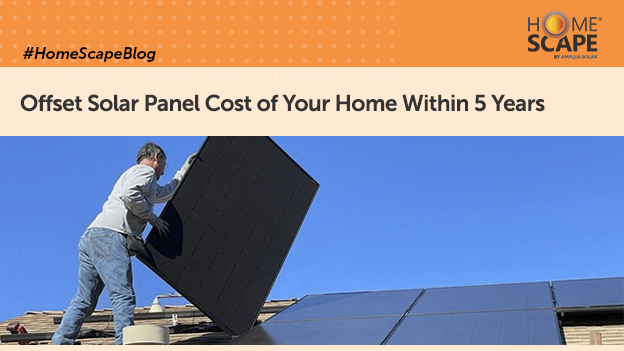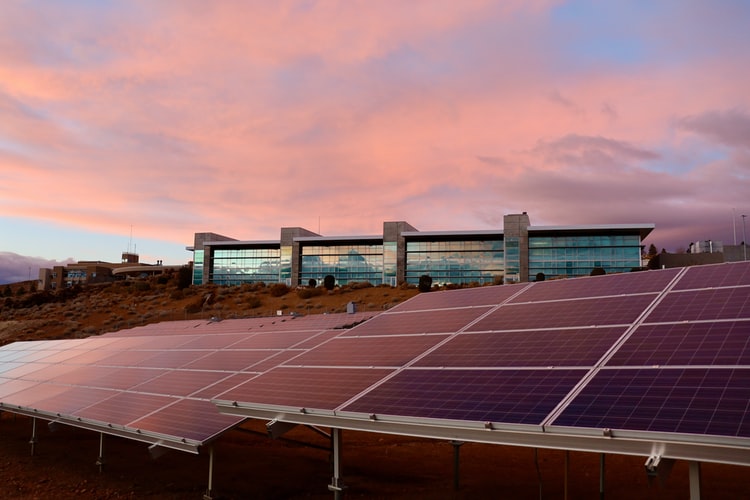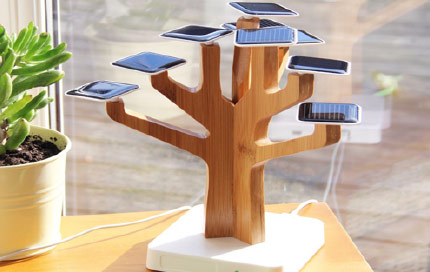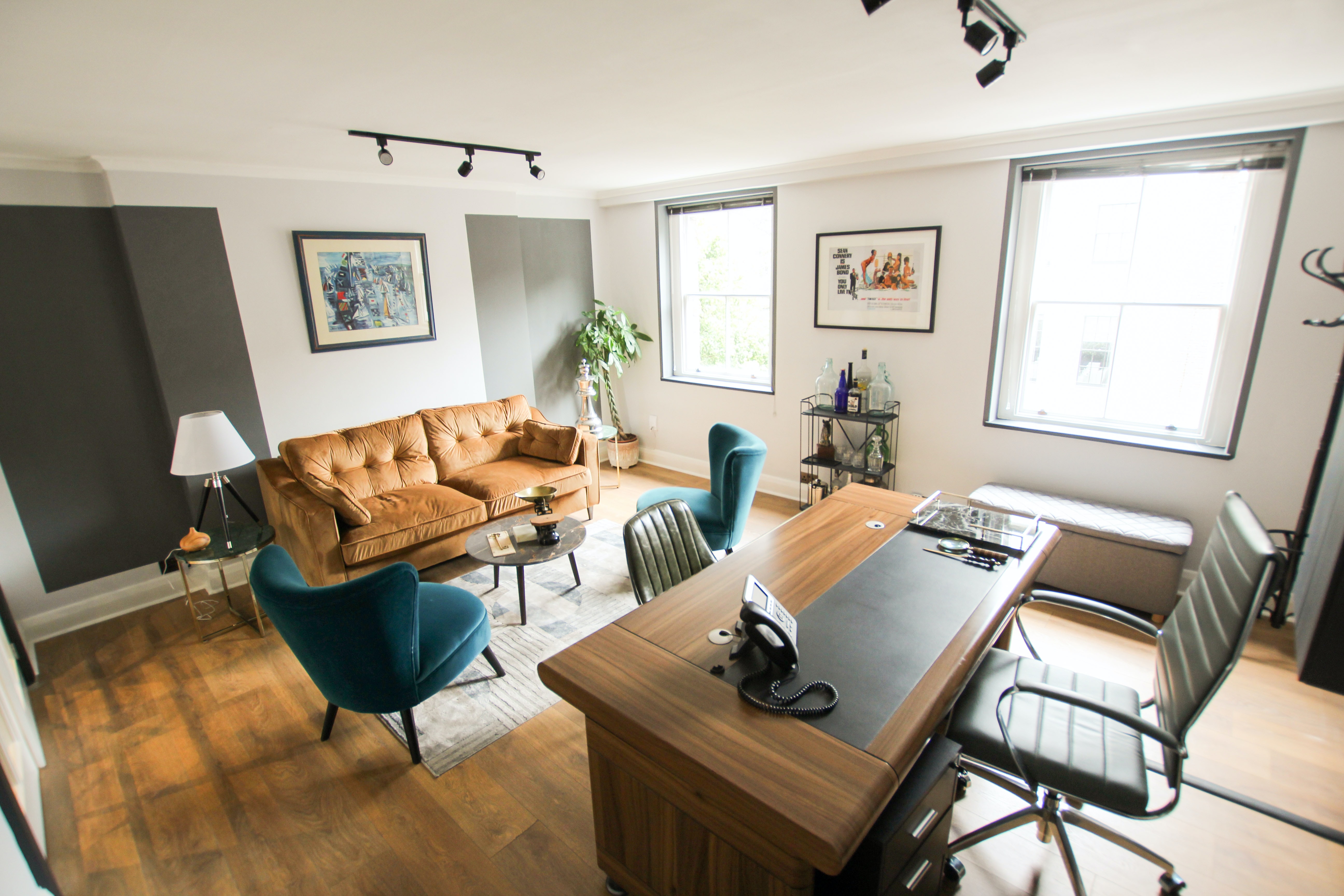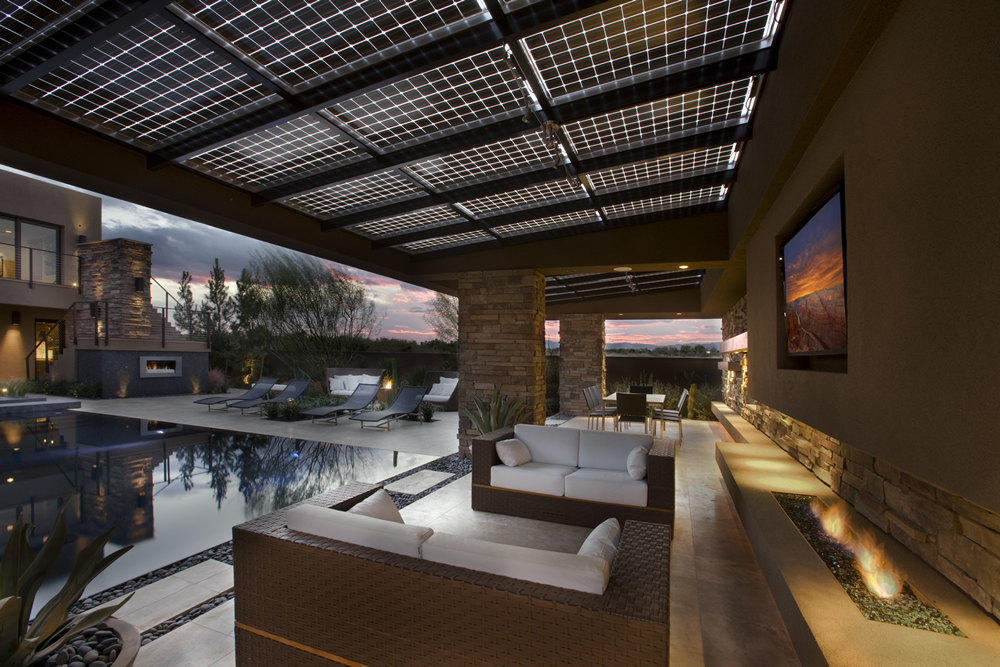Categories
14 February 2022
Traditional Electricity Vs Solar Power in Indian Homes
Consumers can’t differentiate between traditional electricity or solar power as far as functionality is concerned. But, the modern, aware and [...]
18 January 2022
How Solar Panels add to the valuation of Homes?
There aren’t many big home transformations as much like a rooftop solar PV system that adds substantial value from day [...]
17 January 2022
7 Reasons Why Installing Solar Panels on Your Roof Is a Good Idea
Solar panel installation is a big commitment for homeowners. While most homeowners are aware of the benefits of switching to [...]
01 December 2021
Offset Solar Panel Cost of Your Home Within 5 Years | HomeScape
High electricity bills among rising inflation have become the new normal for homeowners. Considering the current global energy crisis coupled [...]
21 May 2021
An Architect’s Guide to Photovoltaics
Photovoltaics (PV) is the conversion of light into electricity using semiconducting materials that exhibit the photovoltaic effect, like a solar [...]
24 February 2021
Innovations in solar energy for personal use
Did you know that there are T-Shirts that activate in sunlight? Although they don’t have any solar-related components, just a [...]
25 January 2021
Personal Guide to install solar at home: Part 4- Proposal and Documentation
To educate people regarding the process of installing solar, we outlined a simple ten-step guide for the typical solar PV [...]
23 December 2020
5 Home Improvement Products that Add Value to Your Home
Here are the 5 Home Improvement Products that Add Value to your House: Many home improvement products add value to [...]
10 November 2020
Improve Home Aesthetics using Solar Panels at Home
Having solar panels in the house says a lot about the lifestyle of the residents. It indicates that they are [...]
06 October 2020
10 steps to installing solar on your rooftop
If you have been wondering about installing solar panels, then there’s no better time than now to do so. The [...]
